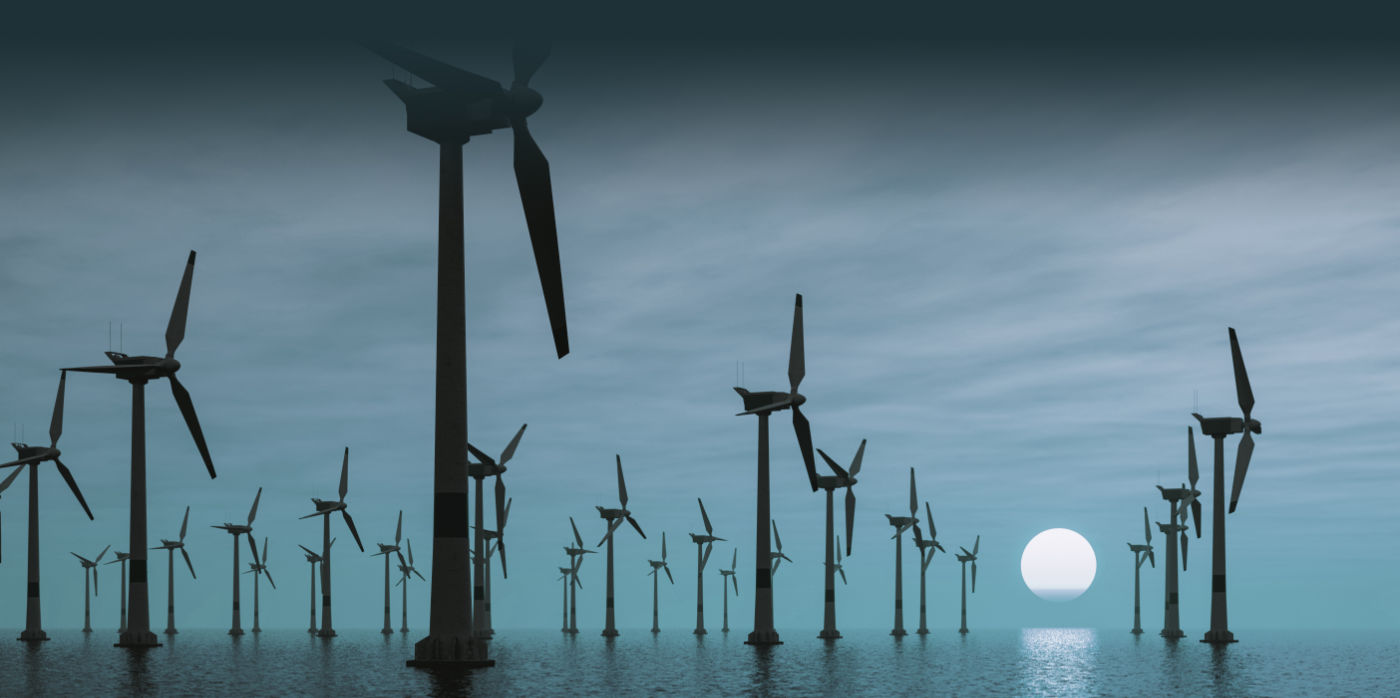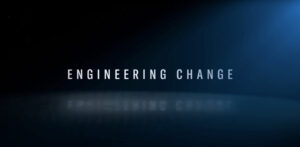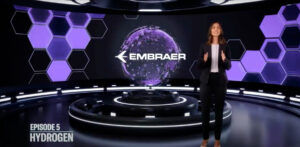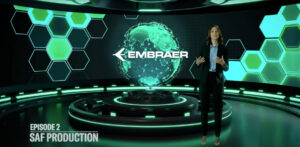
ENERGIA HYBRID & ENERGIA H2 FUEL CELL FAMILY
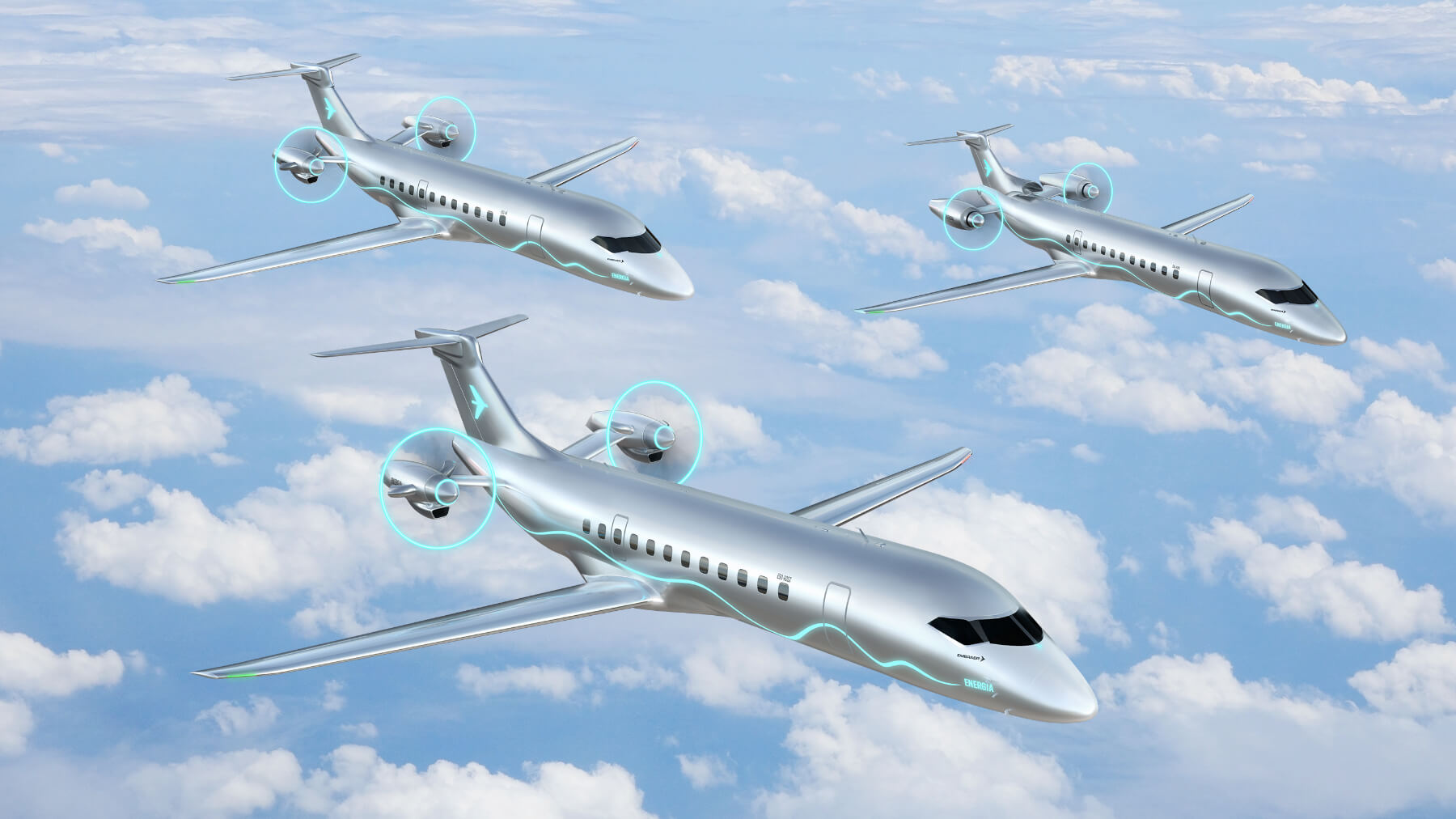
Designing the future
The future of aviation must have a lower impact. It means lower emissions, lower noise levels and lower fuel consumption. To achieve our goals, we’re exploring a wide range of bold but viable aircraft designs in our Energia concepts– reimagining and conceptualizing everything from the aircraft’s power source to the shape of the airframe – all to achieve the industry-wide goal of net carbon zero by 2050.
Energia
Our Energia project is exploring a range of sustainable concepts to carry up to 50 passengers. This project is considering a number of energy sources, propulsion architectures and airframe layouts to reduce our carbon emissions starting from 2030 – a key step in our goal to be net carbon neutral by 2050.
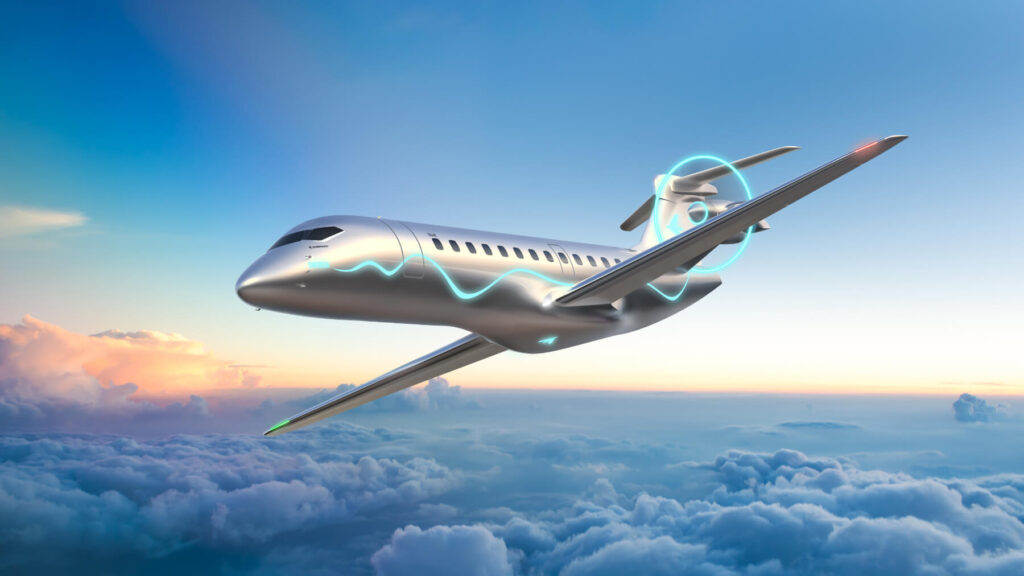
Energia Hybrid- Electric (E19HE / E30HE / E50HE)
Combining a mix of technologies, hybrid-electric propulsion enables us to harvest the benefits from maximizing thermal and electric engines synergies.
Technology Readiness – 2030+
Range – up to 600nm
Seats – 19, 30 and 50 pax
Carbon Emissions –
25% less with JetA / 90% less with SAF
Energia H2 Fuel Cell (E19H2FC / E30H2FC / E50H2FC)
Hydrogen is a highly promising area in our journey to achieve zero emission flight – enabling us to generate thrust while reducing carbon emissions to zero. Hydrogen fuel cells have the potential to either run as a single power source or as a hybrid with gas turbines or batteries.
Technology Readiness – 2035
Range – up to 600nm
Seats – 19, 30 and 50 pax
Emissions – Zero CO2
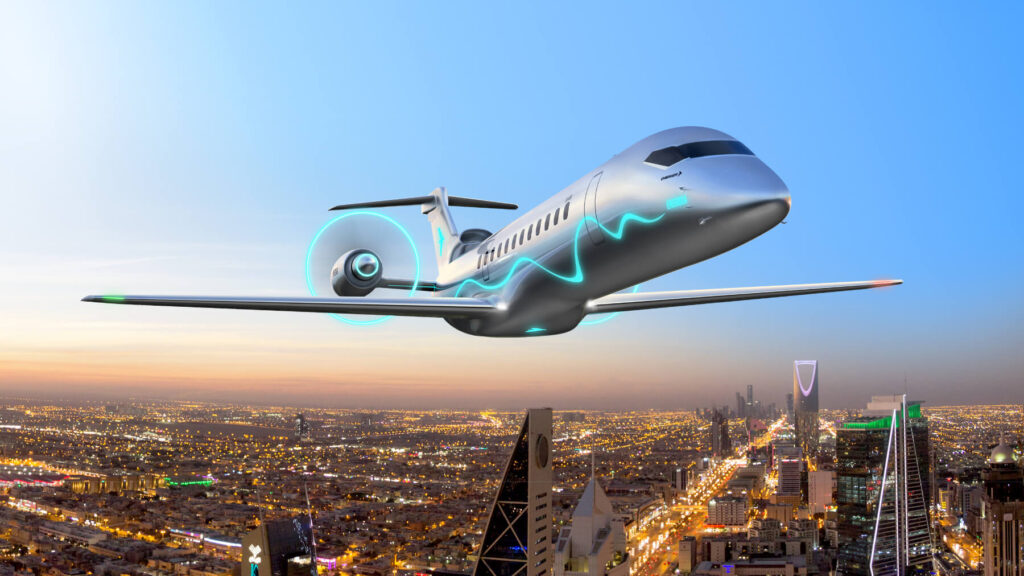
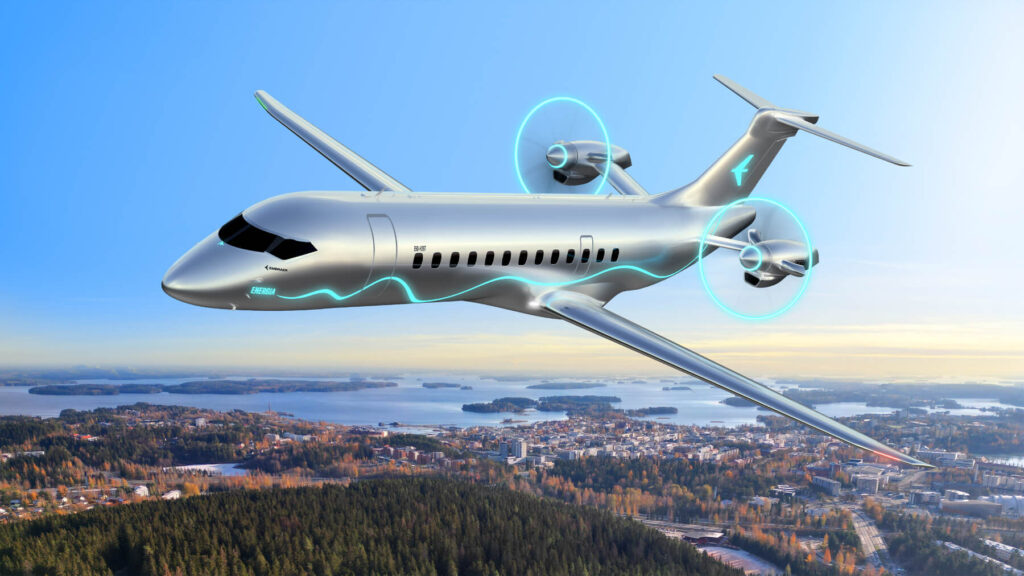
Energia H2 Gas Turbine/Dual Fuel (E50H2GT/DF)
Future Hydrogen gas turbine offers the potential to burn direct hydrogen and, in the dual-fuel version enables us to power a gas turbine with two different fuel sources (JetA/SAF or Hydrogen), to maximize operational flexibility and reduce aircraft weight.
Technology Readiness – 2040
Range – 600nm to 900nm
Seats – 50 pax
Emissions – Zero CO2
Sustainability driven – Emissions
TP emissions per seat compared to current TP in operation.
 -15%
-15%
CO2 emissions
 -15%
-15%
NOx
CO
SN
HC emissions
Greenest solution for regional aviation compared to other products with conventional propulsion systems
